The leg press and deadlift are two powerful lower-body exercises that often come up in gym debates. While both can build strength, improve muscle mass, and support athletic performance, they serve different purposes and activate your muscles in unique ways. Understanding the key differences—and how they can complement each other—will help you tailor your workouts for better results, whether you're training for strength, size, or general fitness.
Leg Press vs Deadlift: The Core Differences
1. Movement Pattern & Mechanics
-
Leg Press is a machine-based, push-dominant exercise. It isolates the lower body, particularly the quadriceps, glutes, and hamstrings, while minimizing upper body involvement. It also provides back support, making it easier to focus on the legs without overloading the spine.
-
Deadlift, on the other hand, is a full-body, compound lift. It engages your posterior chain—glutes, hamstrings, spinal erectors—and also heavily recruits the core, lats, and grip strength. Unlike the leg press, the deadlift requires spinal stability and precise hip hinge mechanics.
2. Free Weights vs Machines
The deadlift is performed with a barbell or dumbbells, offering a functional movement pattern that mimics real-world lifting. The leg press, being a fixed-path movement, provides safety and control, especially for beginners or those recovering from injury.
Muscle Activation: Do They Train the Same Muscles?
While there's overlap in the glutes, hamstrings, and quads, the deadlift activates a broader range of muscles, including the traps, forearms, and lower back. The leg press emphasizes knee extension more than hip hinge, leading to greater quad dominance.
| Muscle Group | Leg Press | Deadlift |
|---|---|---|
| Quads | ✅✅✅✅ | ✅✅ |
| Glutes | ✅✅✅ | ✅✅✅✅✅ |
| Hamstrings | ✅✅ | ✅✅✅✅✅ |
| Lower Back | ❌ | ✅✅✅✅ |
| Core & Grip | ❌ | ✅✅✅ |
Deadlift vs Leg Press for Strength & Mass
-
For Maximal Strength: The deadlift reigns supreme. It’s a core lift in powerlifting and builds total-body force production.
-
For Hypertrophy: The leg press allows for higher reps with controlled movement, making it ideal for targeted quad and glute development without taxing your CNS as much as deadlifts.
-
For Safety and Volume: Leg press is easier to recover from, letting you train legs more frequently.
Does Leg Press Help Deadlift Performance?
Yes, especially for beginners and intermediates. The leg press can:
-
Build quad and glute strength needed to initiate the deadlift off the floor.
-
Strengthen the knee extension portion of the lift.
-
Serve as an accessory movement to increase training volume without spinal fatigue.
However, it doesn’t develop the hip hinge, posterior chain integration, or grip strength critical for heavy deadlifts. Think of the leg press as a complementary exercise, not a replacement.
How to Use Both for Maximum Gains
A smart program might use the deadlift as the main strength lift and incorporate the leg press as an accessory for hypertrophy. For example:
-
Day 1: Deadlift (Heavy), followed by Leg Press (Moderate Reps)
-
Day 2: Squats or RDLs, followed by single-leg leg press or lunges
This structure ensures you’re training movement patterns, muscles, and energy systems across the spectrum.
Final Thoughts: Which Should You Choose?
It’s not an either/or. The leg press and deadlift serve different goals:
-
Choose leg press if you're focusing on leg hypertrophy, reducing spinal load, or recovering from injury.
-
Choose deadlift if you want to build overall strength, posterior chain power, and functional athleticism.
Best case? Use both. A well-rounded lower-body program will benefit from the precision of the leg press and the raw power of the deadlift.


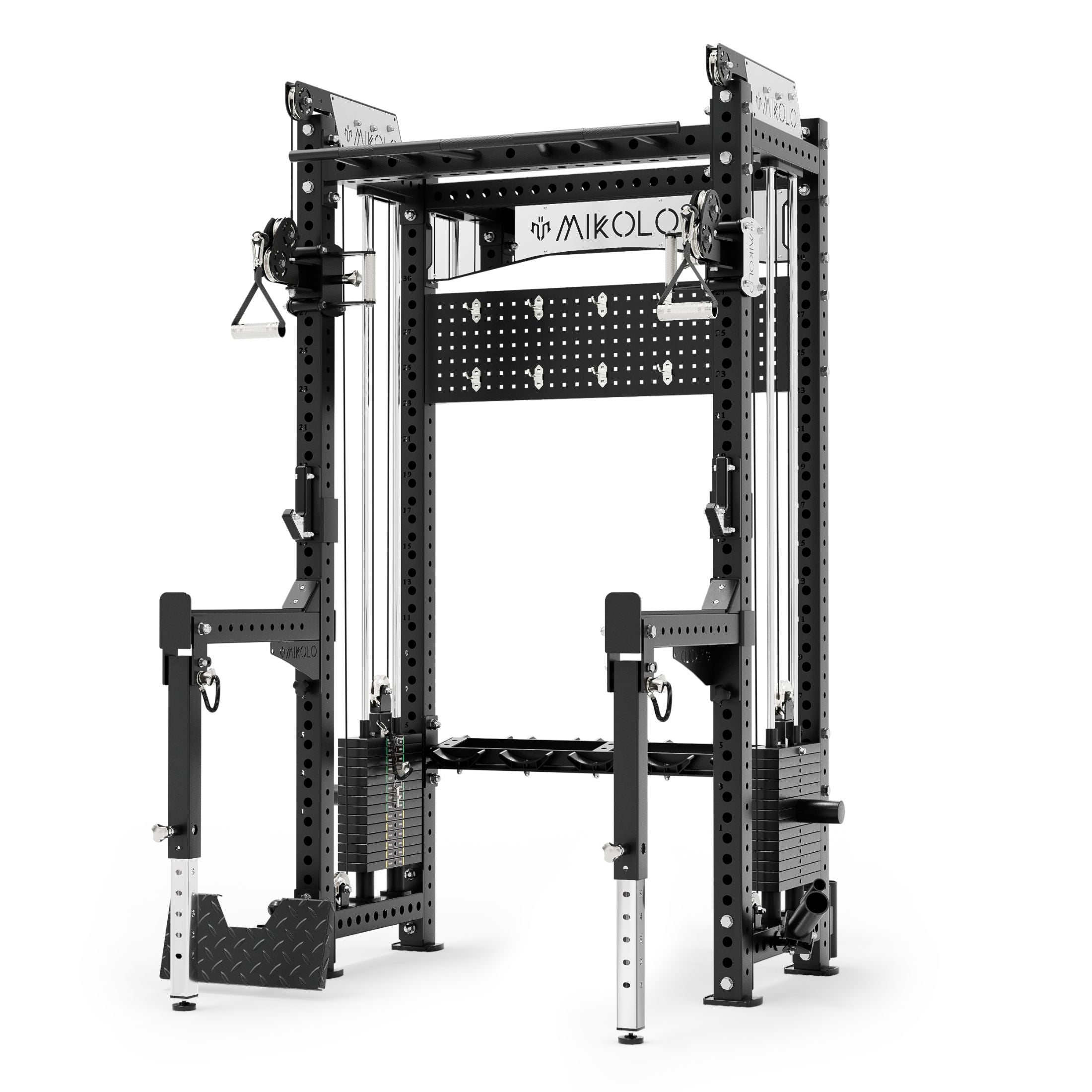




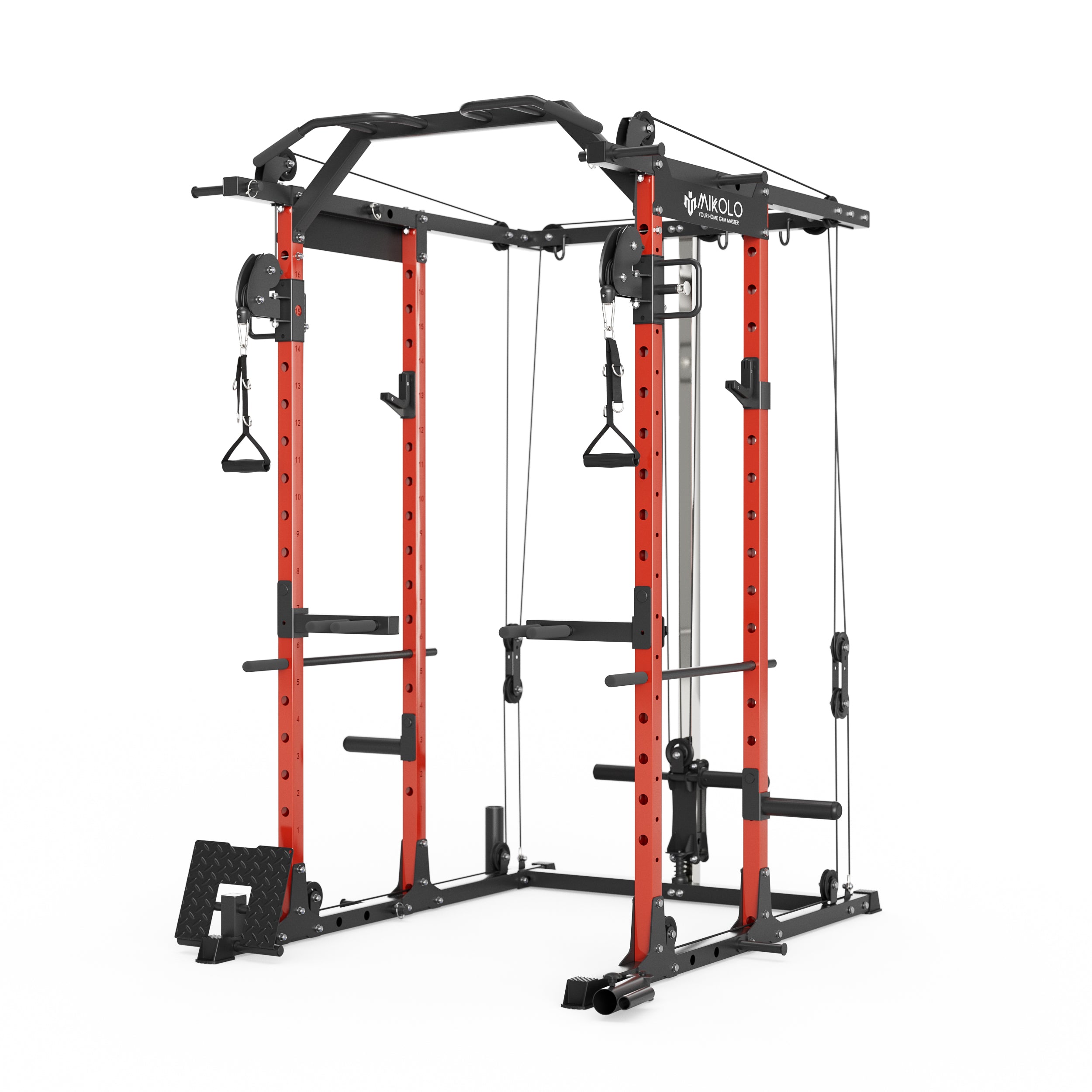
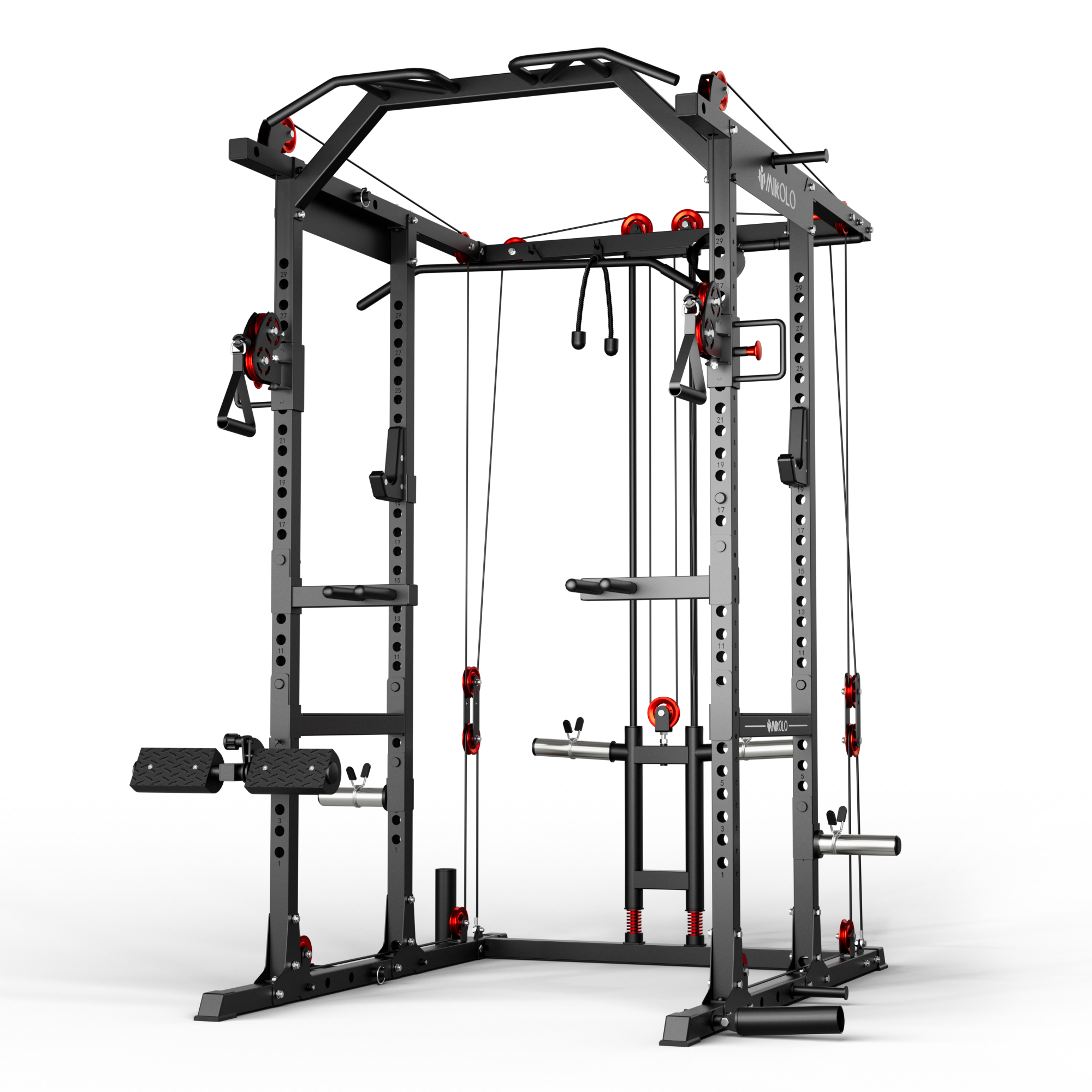

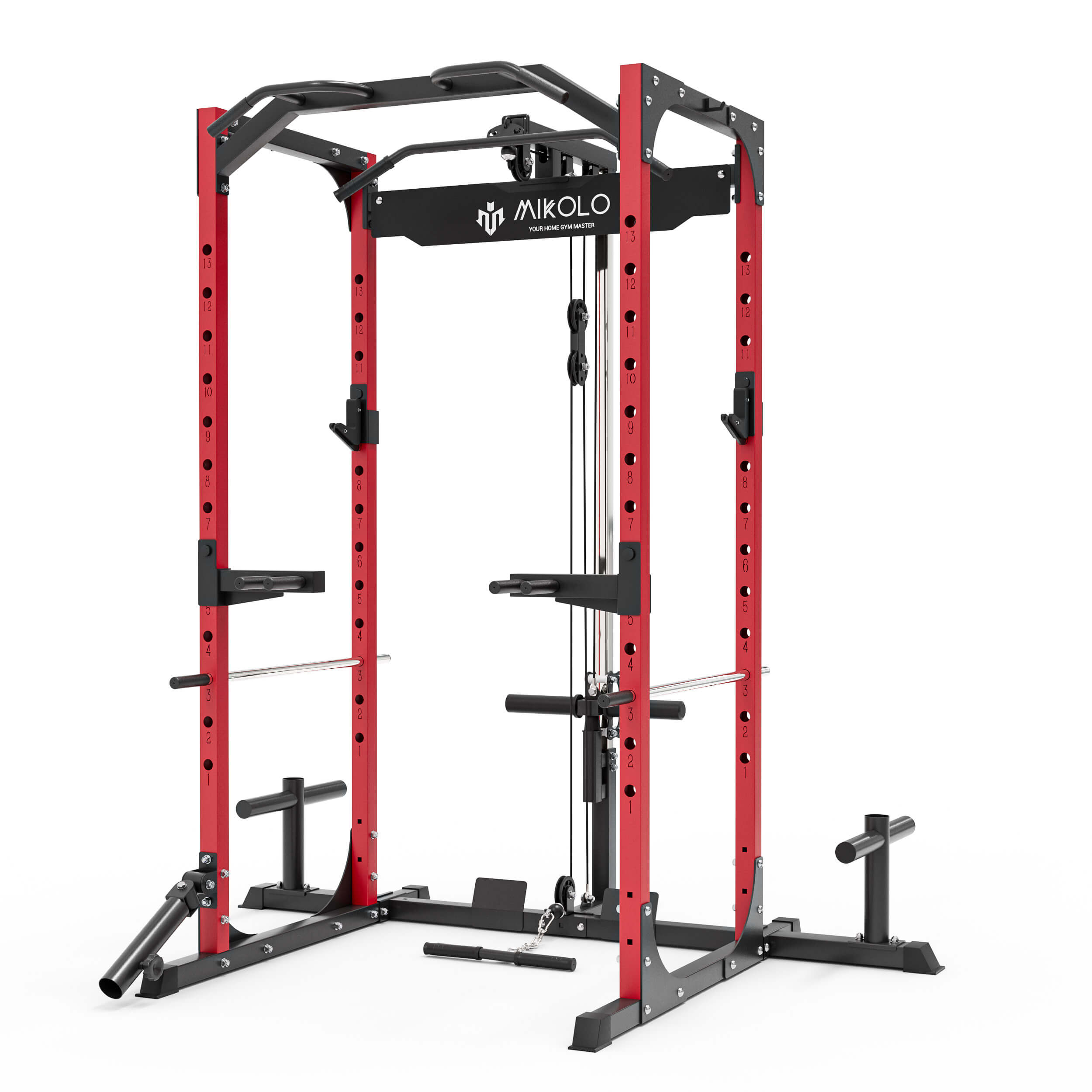



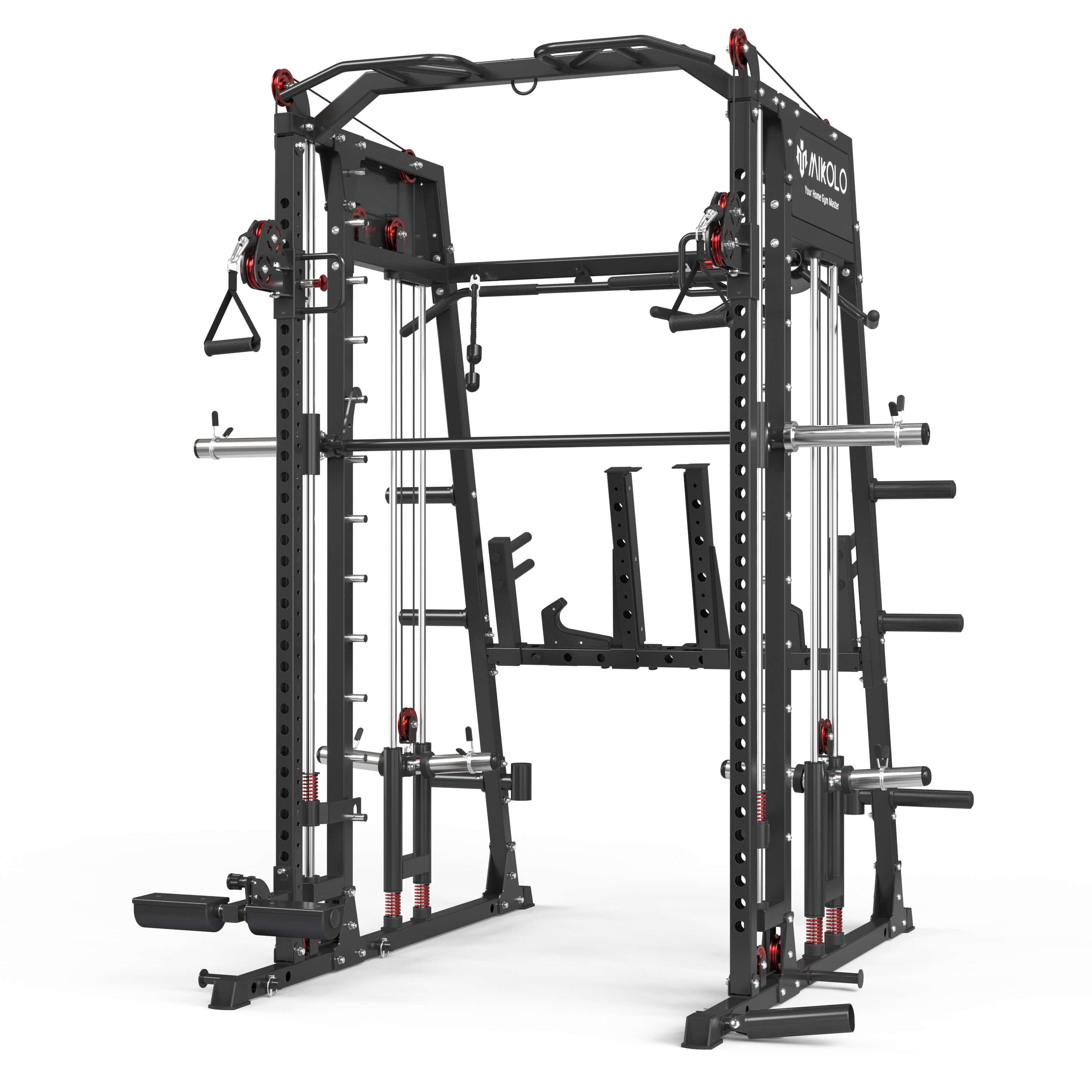

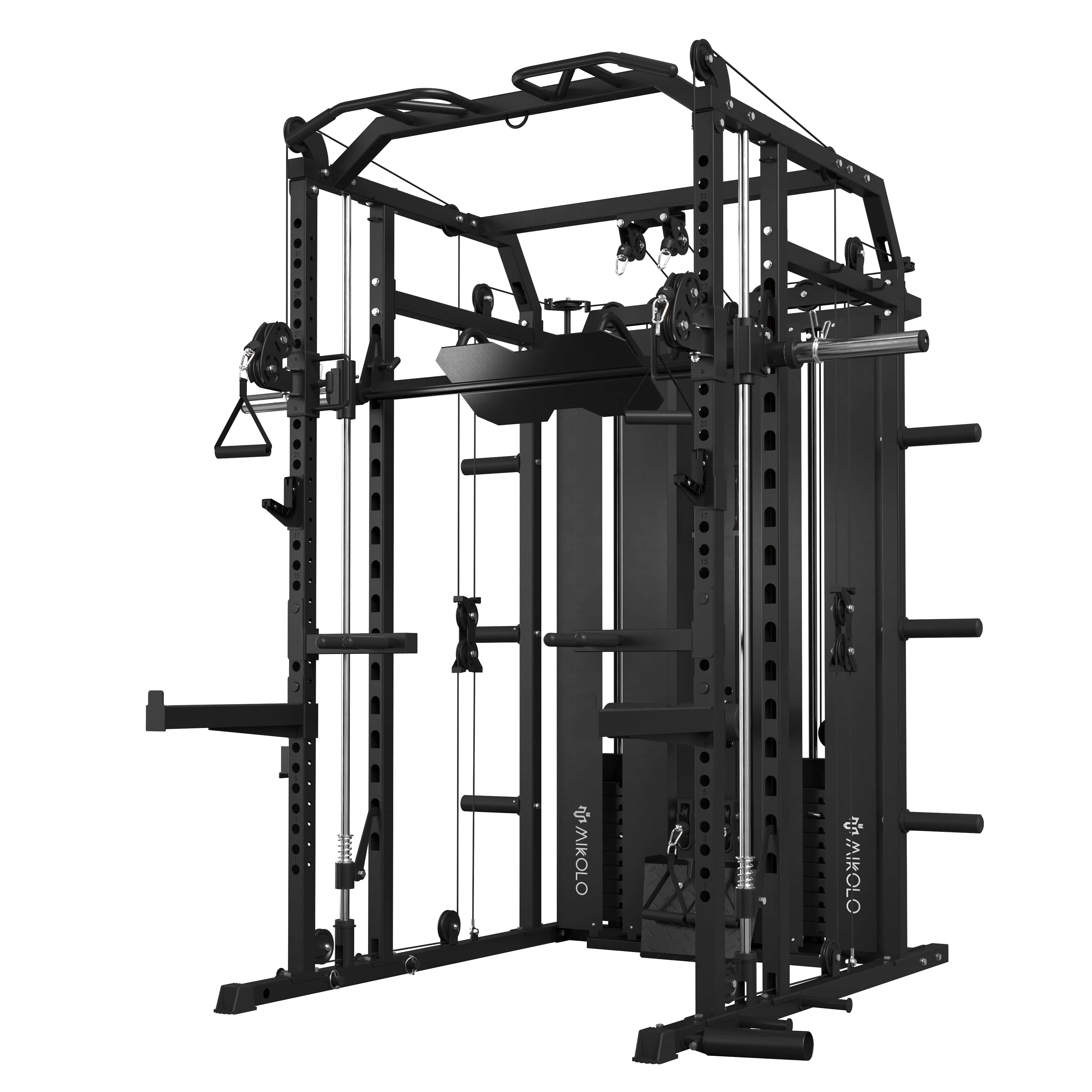
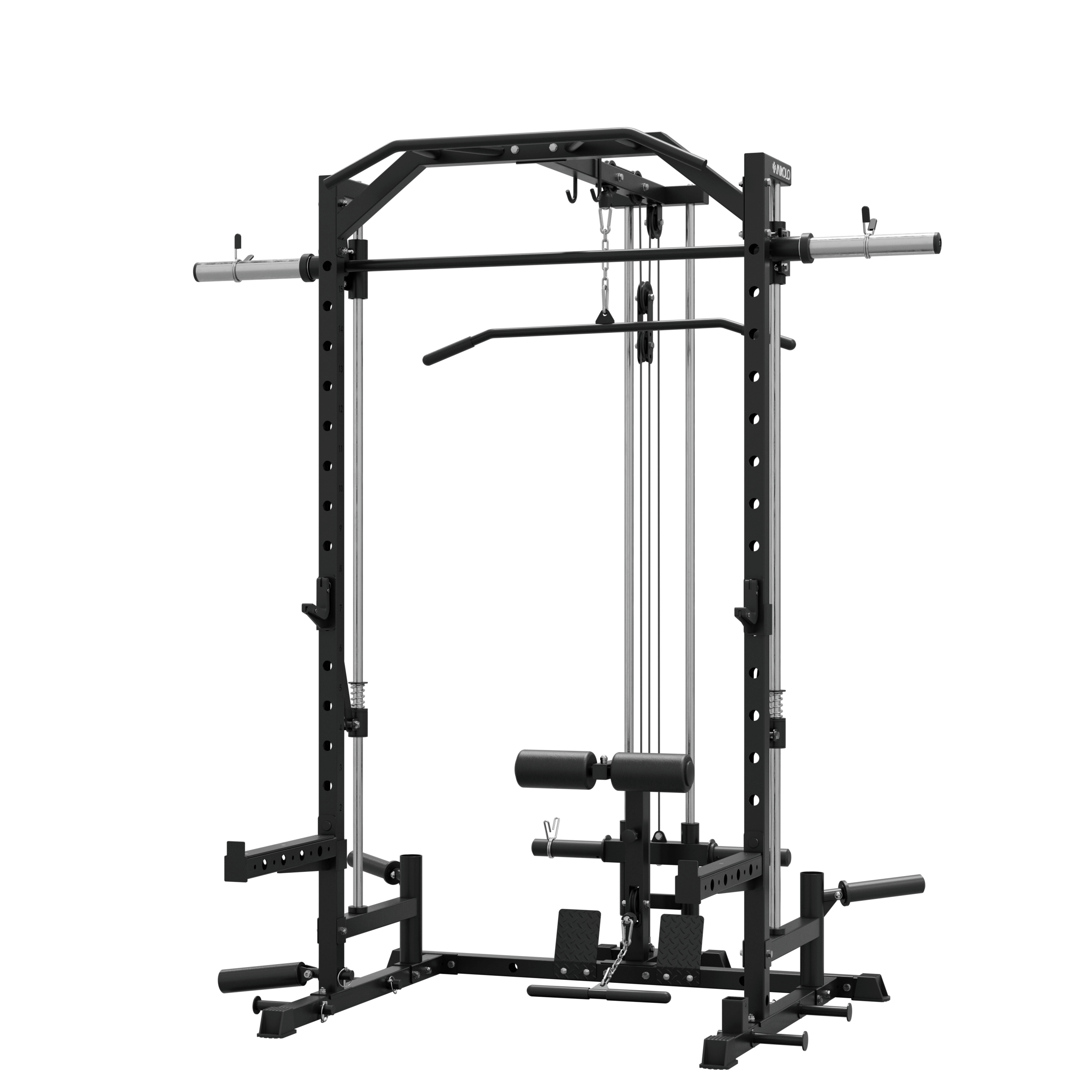
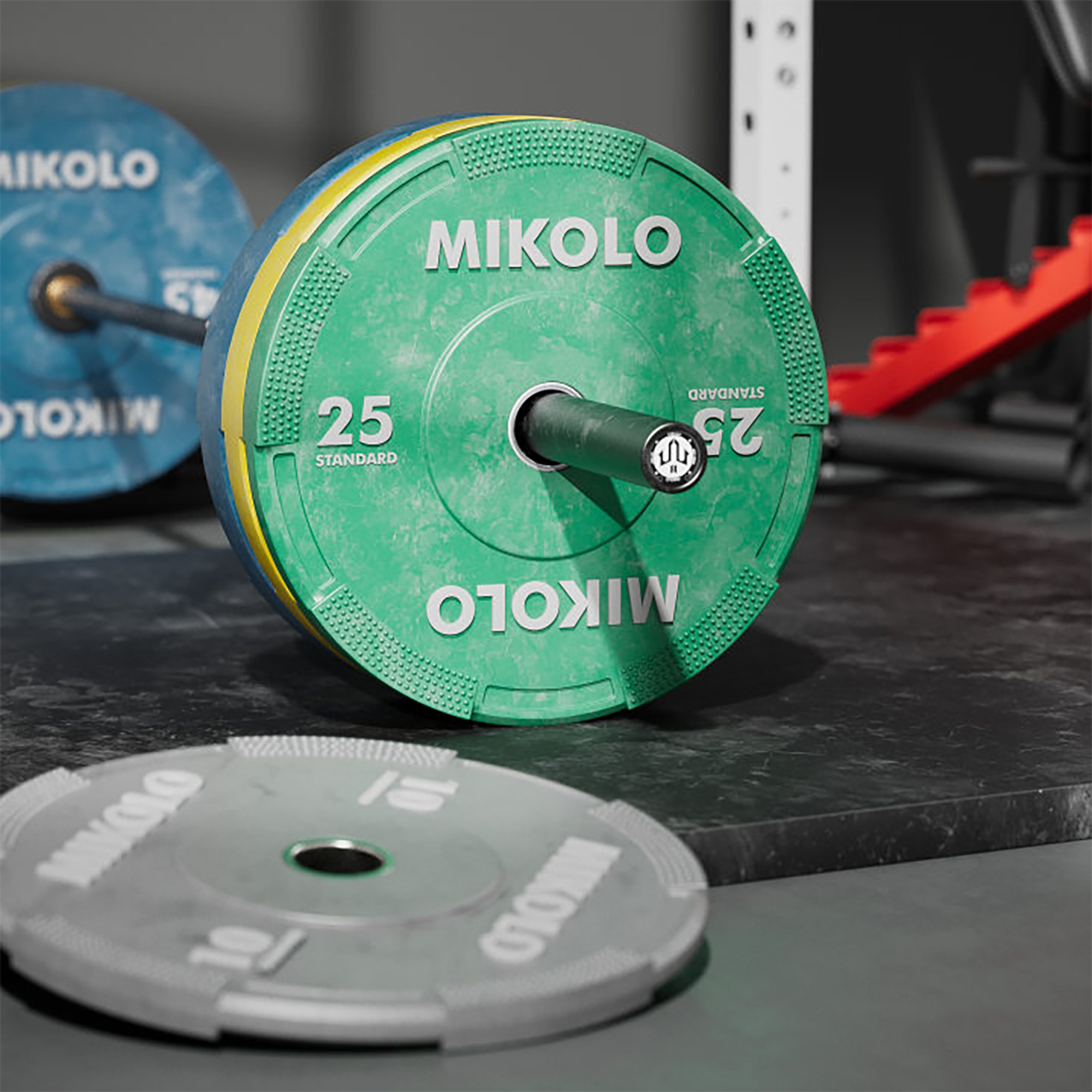






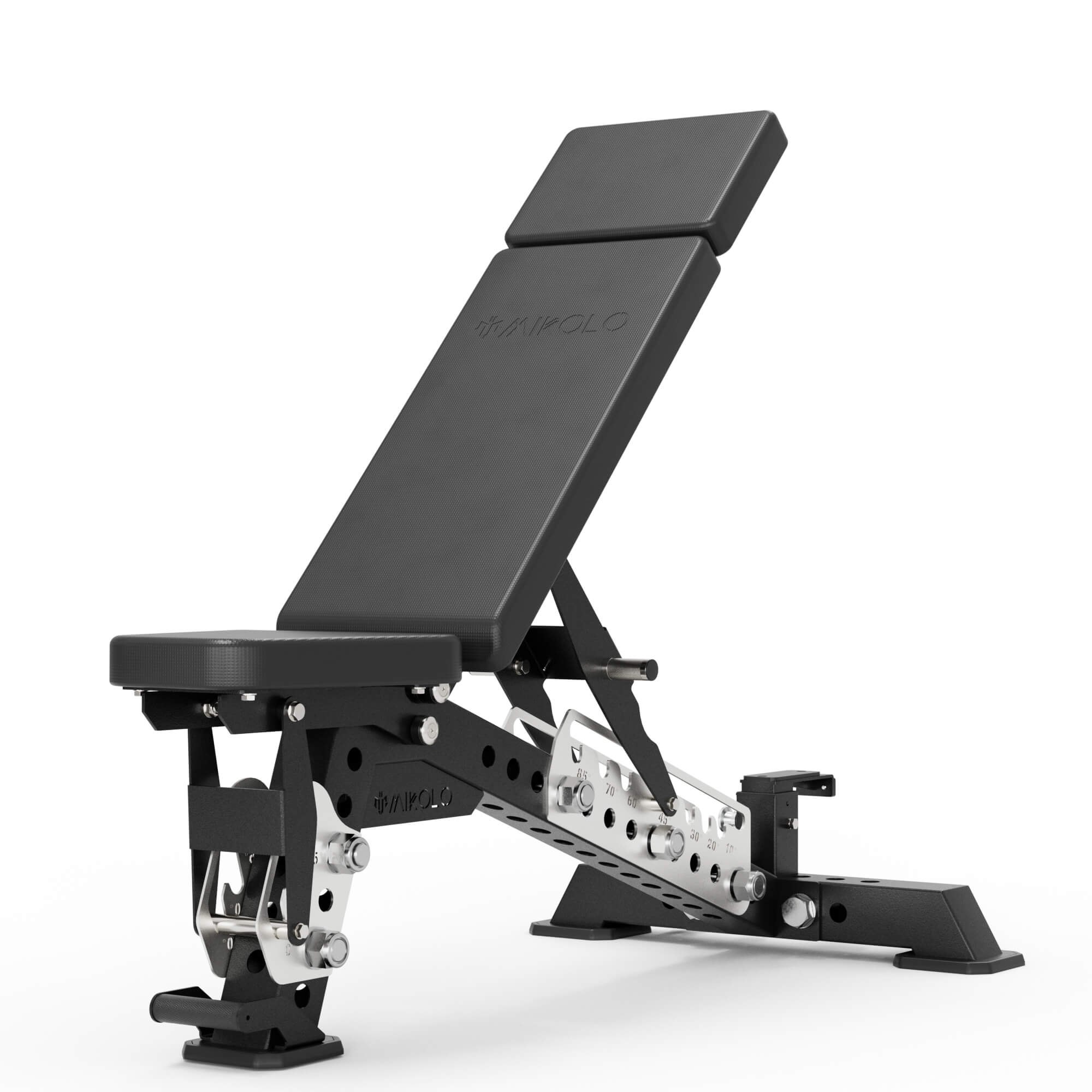
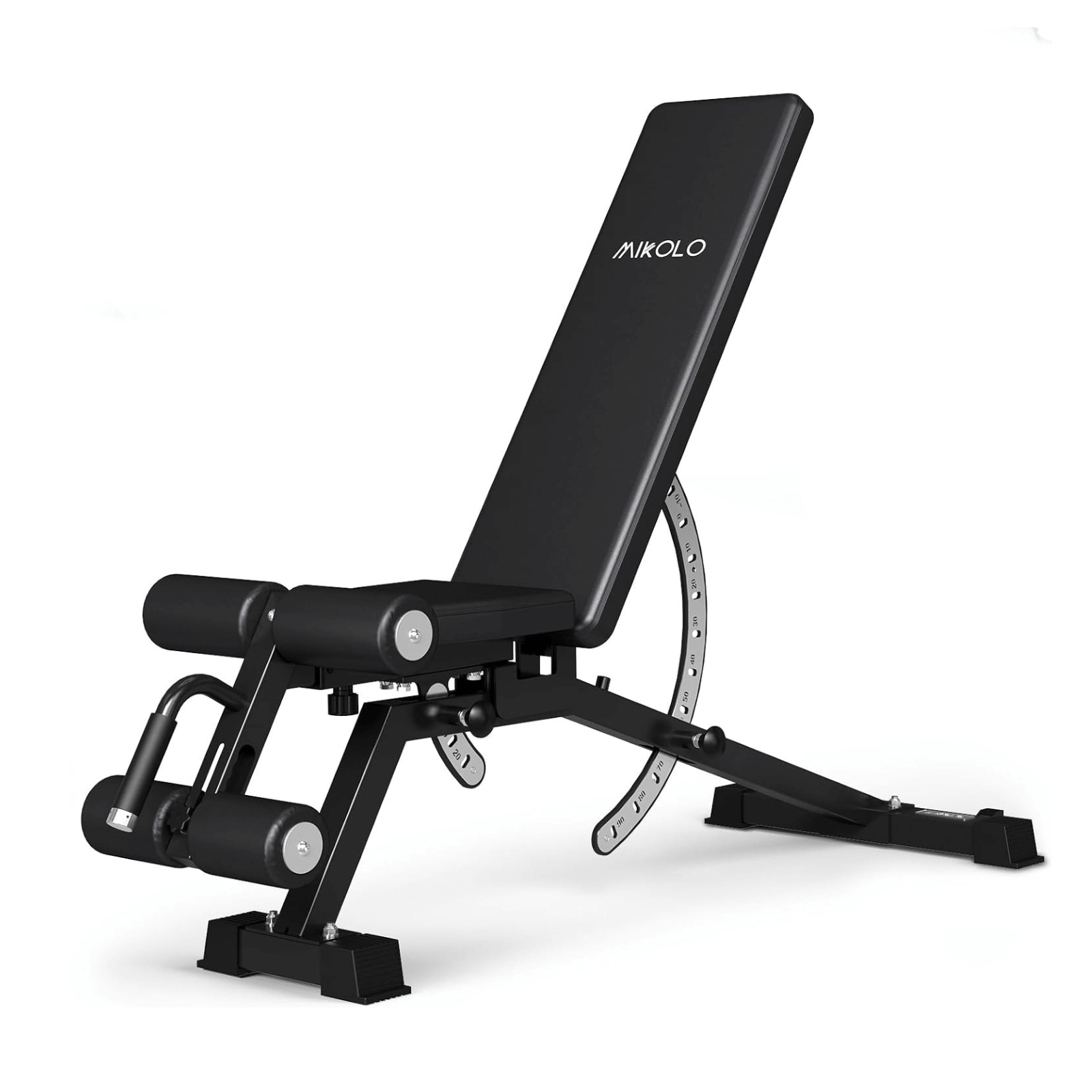




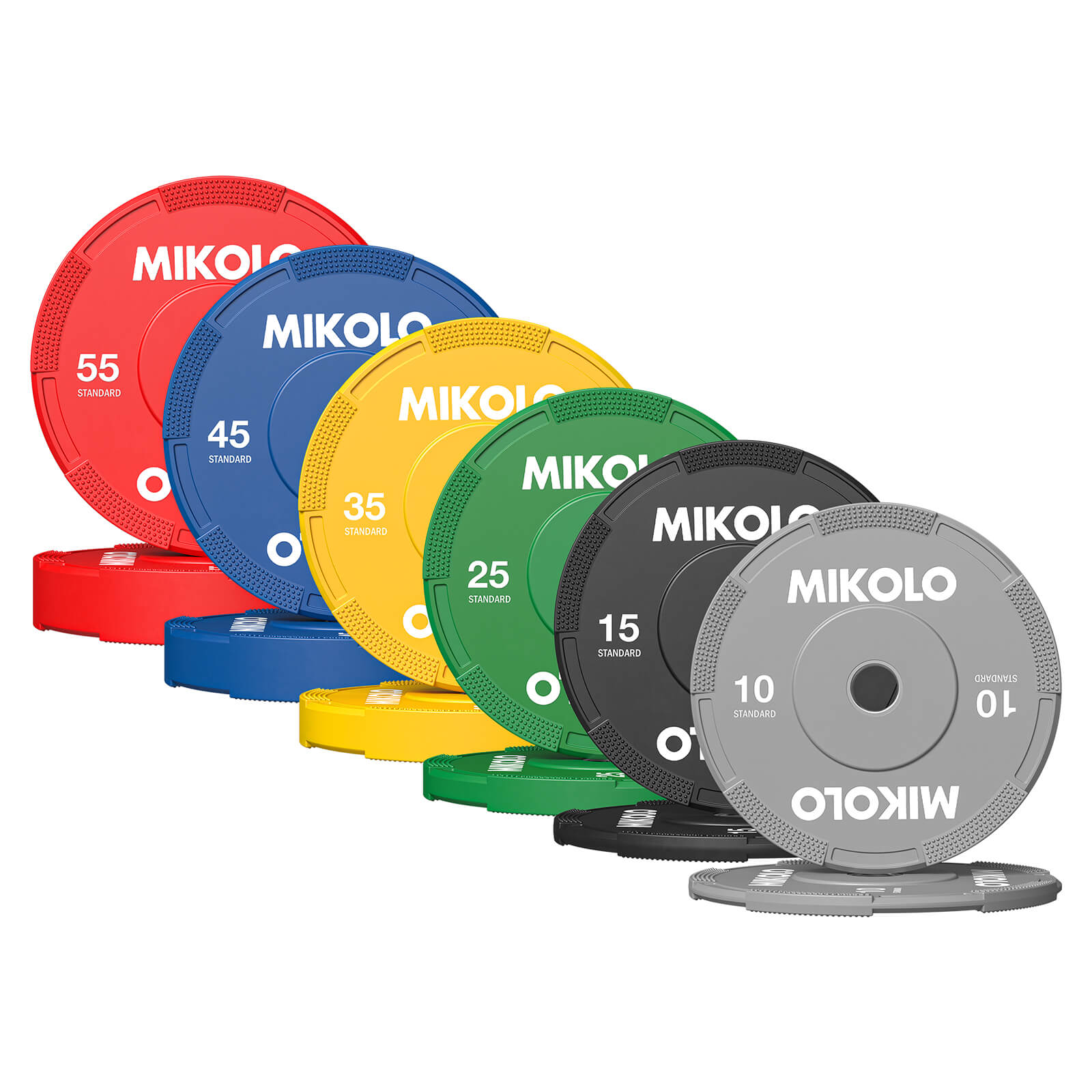
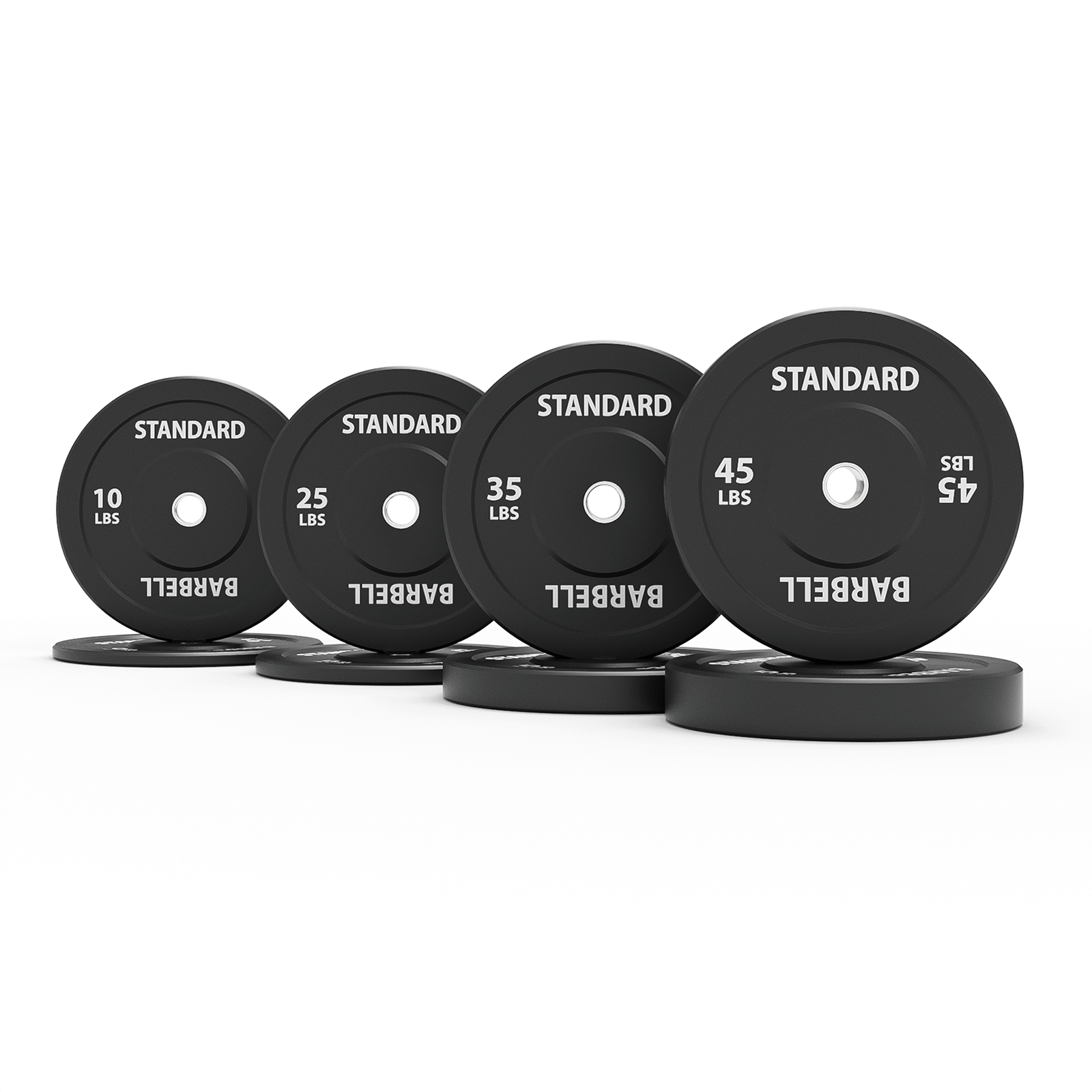
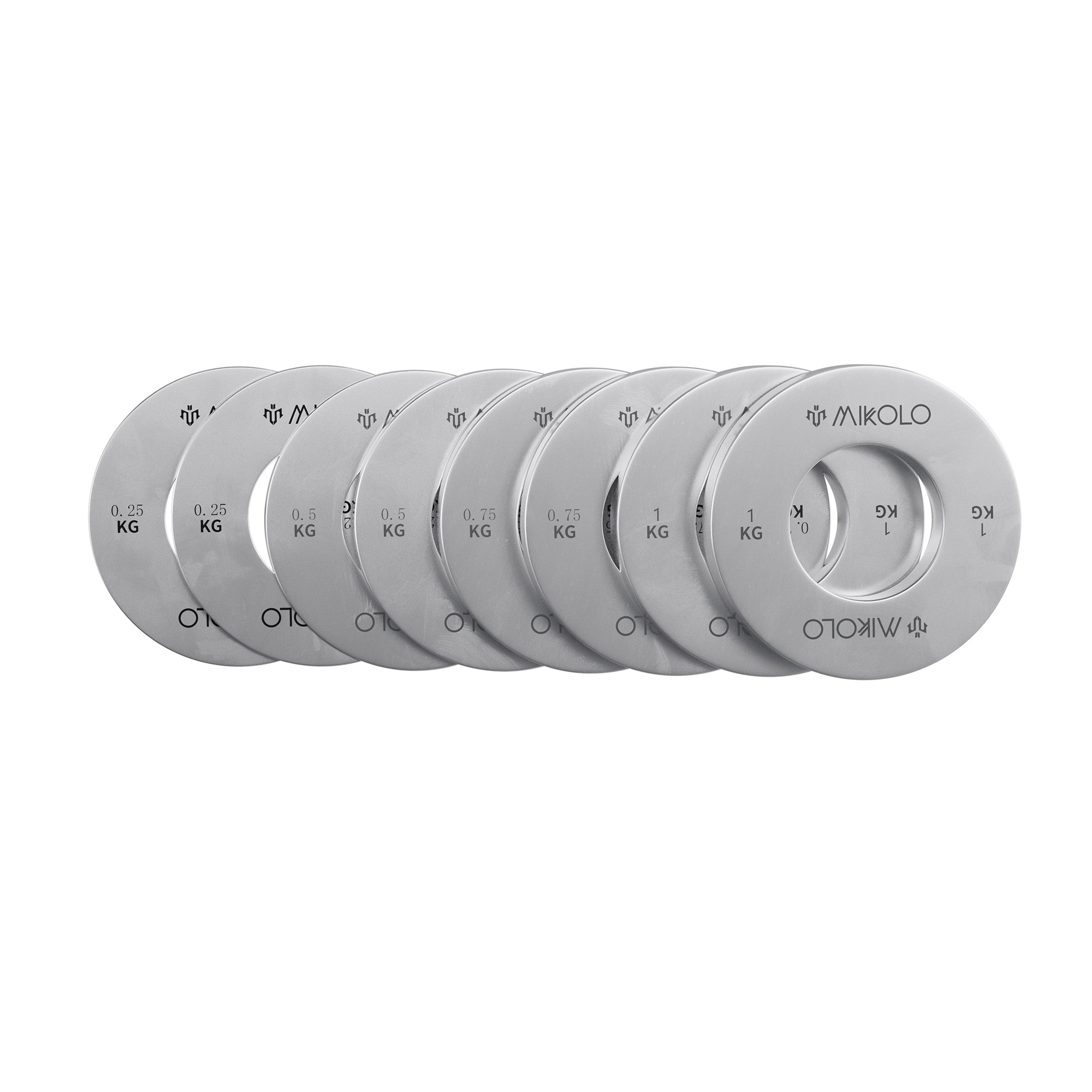
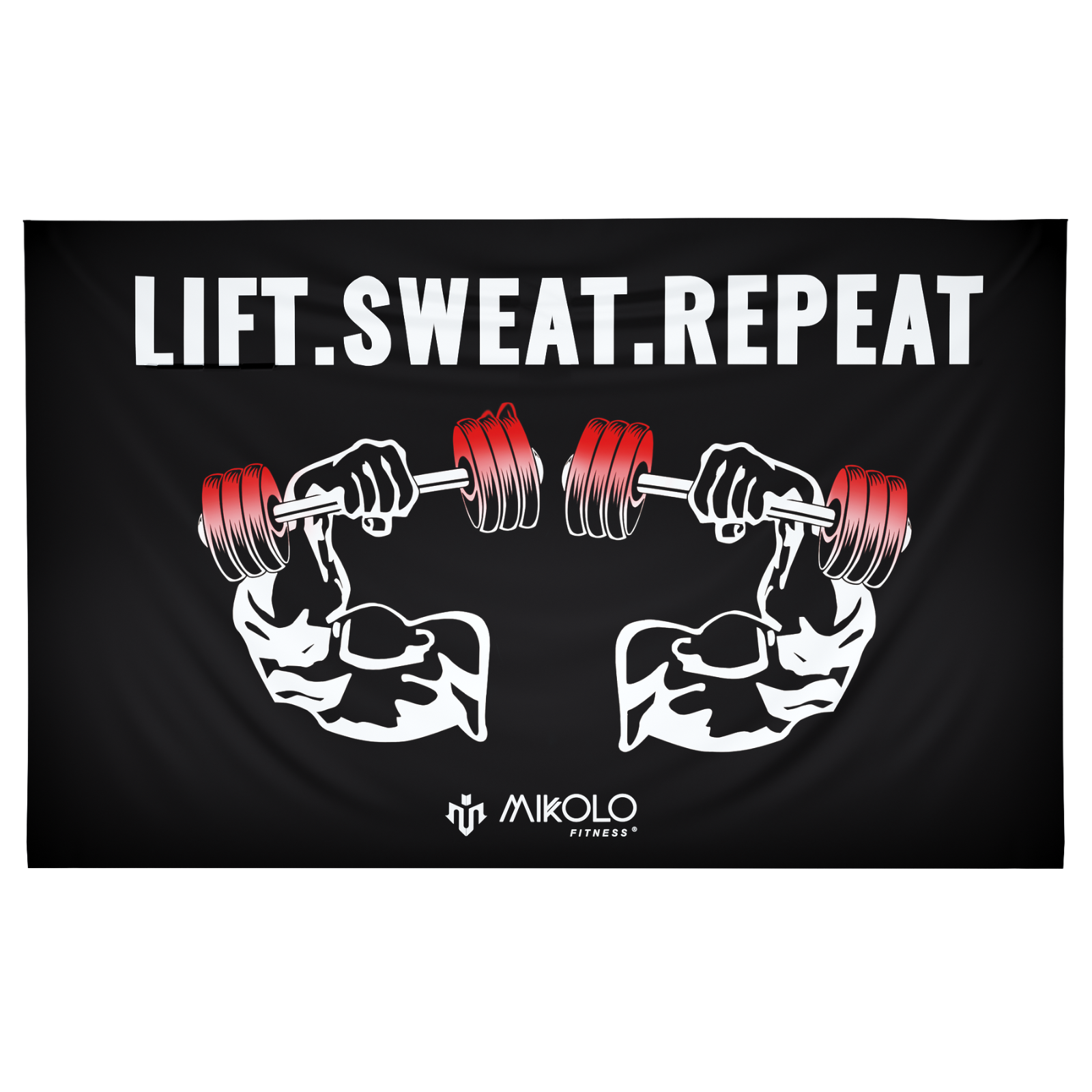
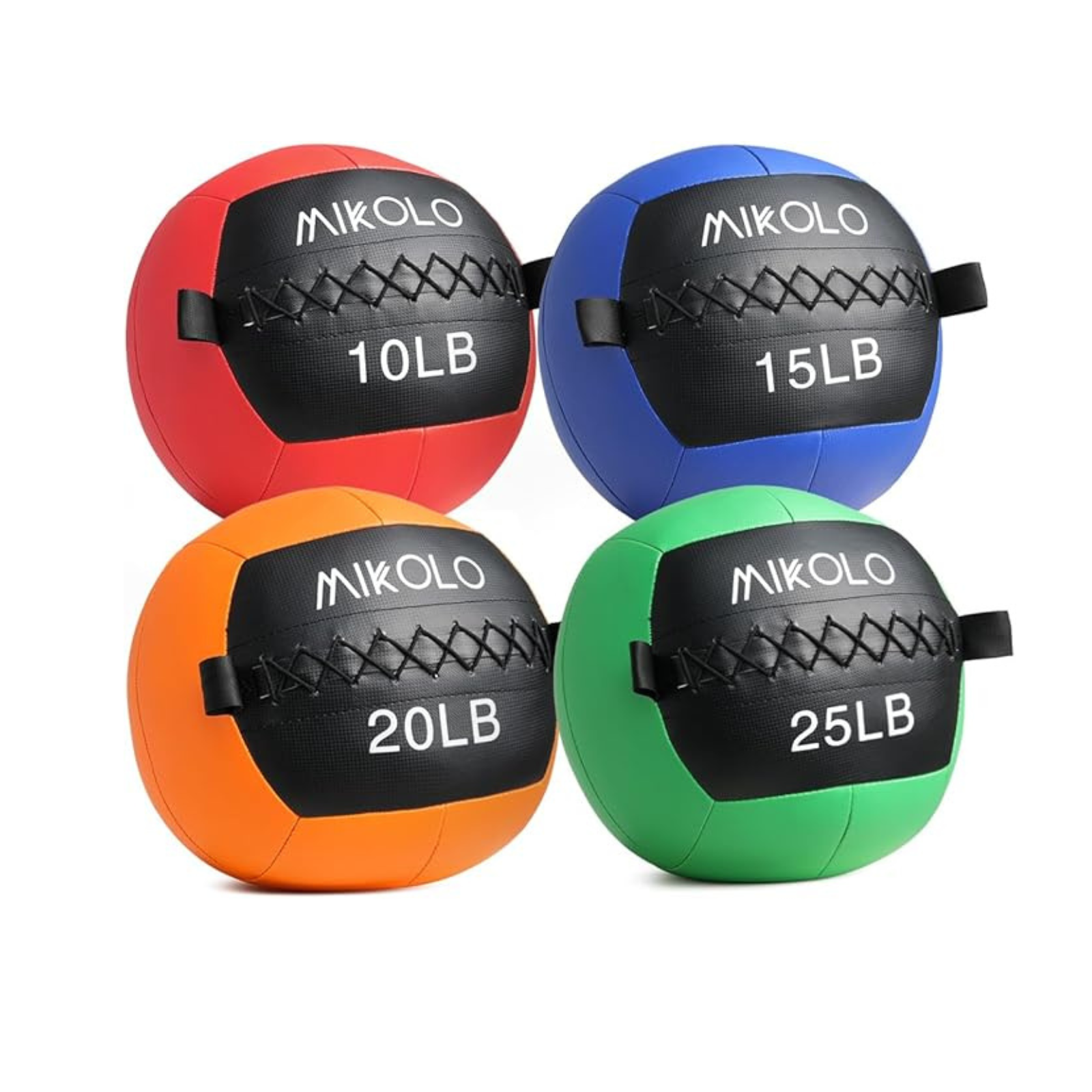
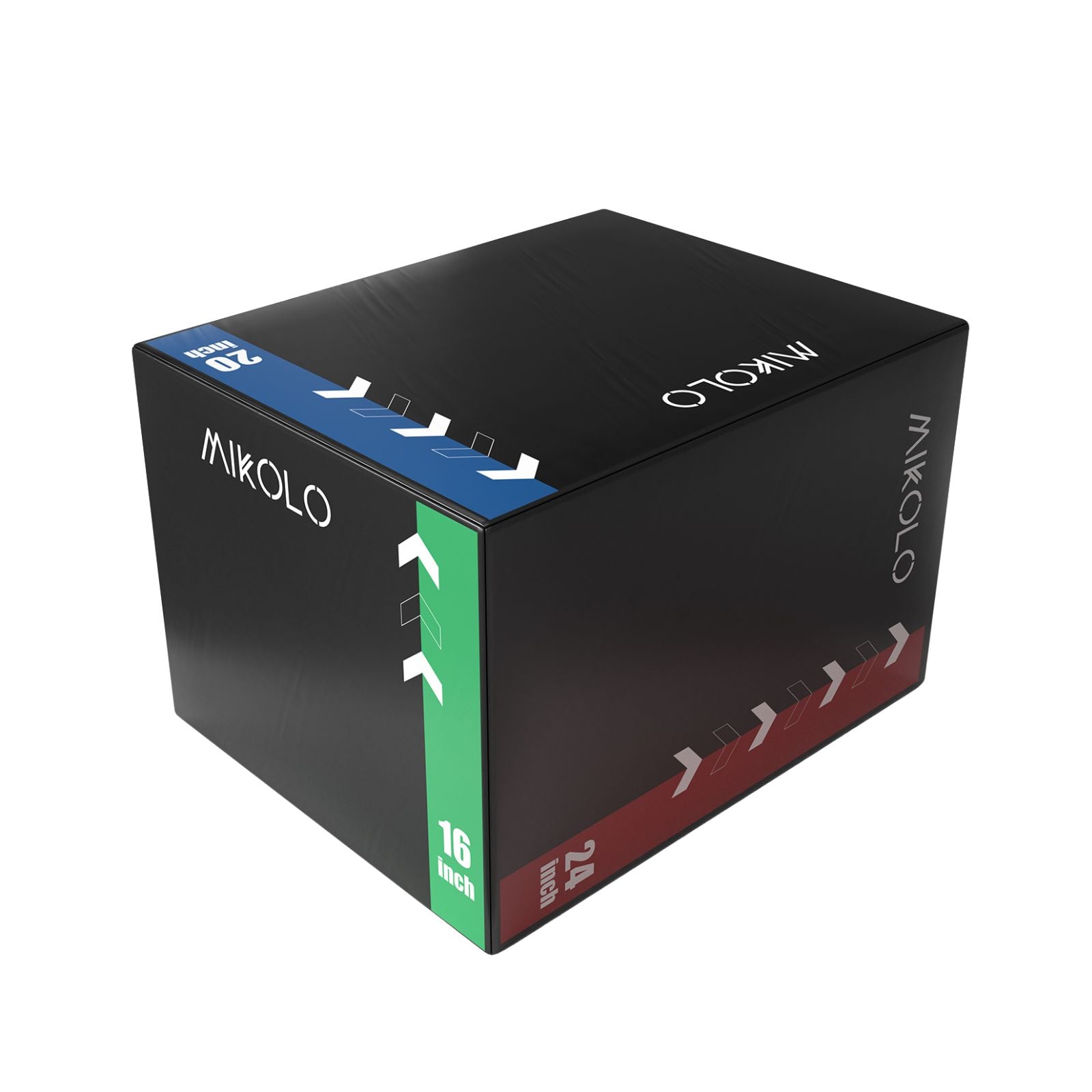

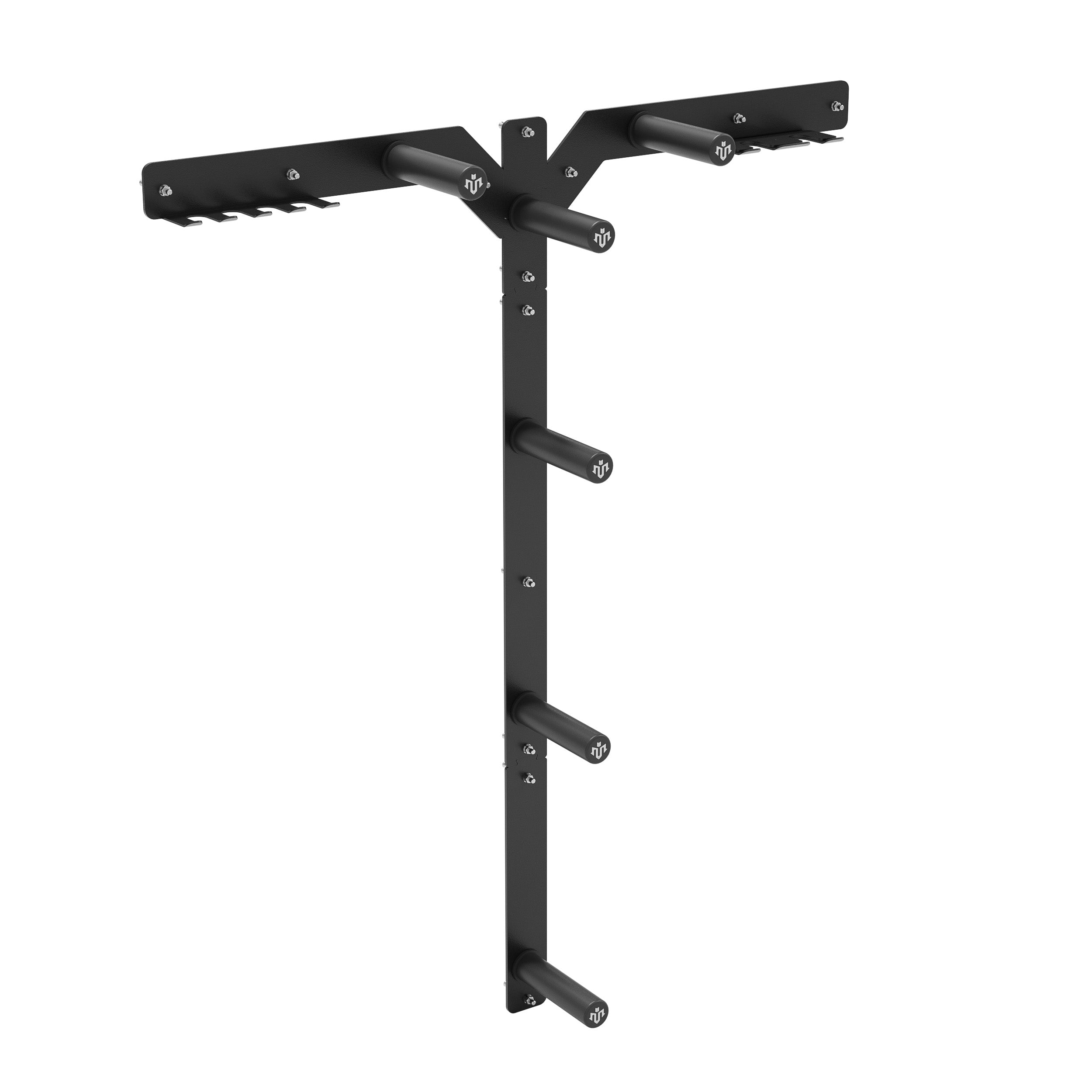




Leave a comment
This site is protected by hCaptcha and the hCaptcha Privacy Policy and Terms of Service apply.